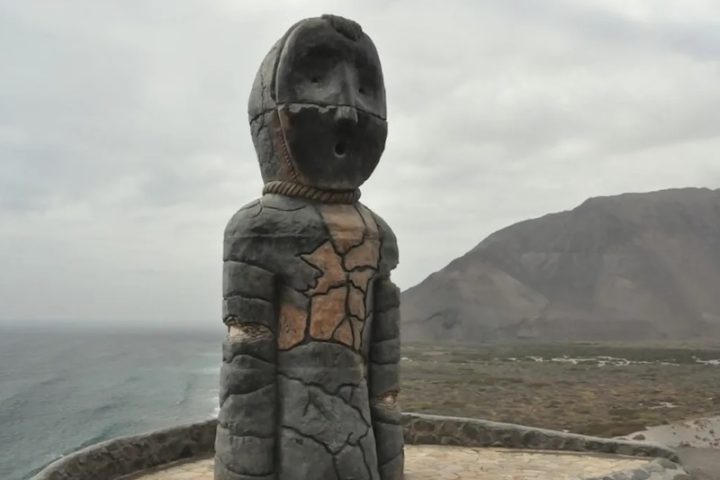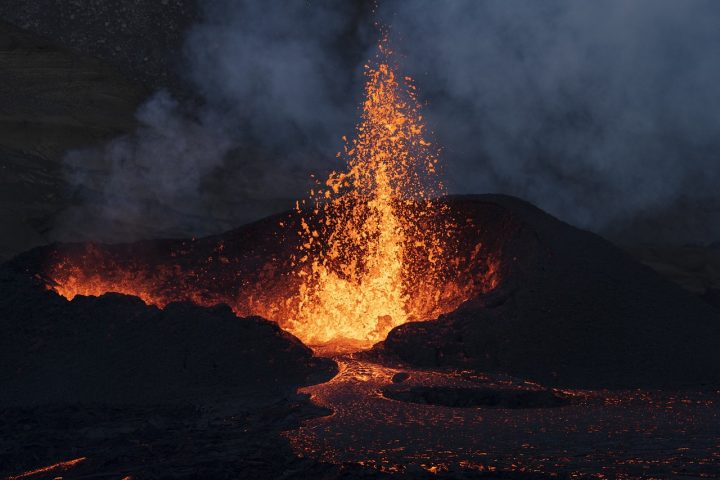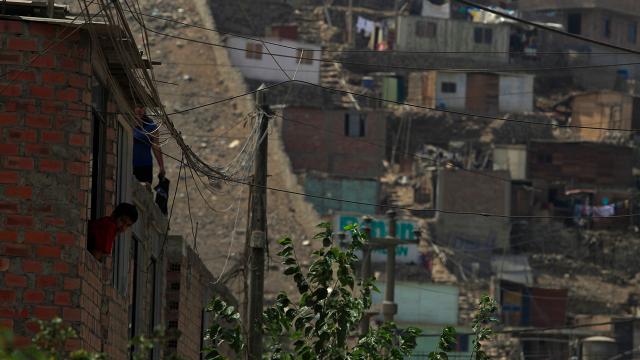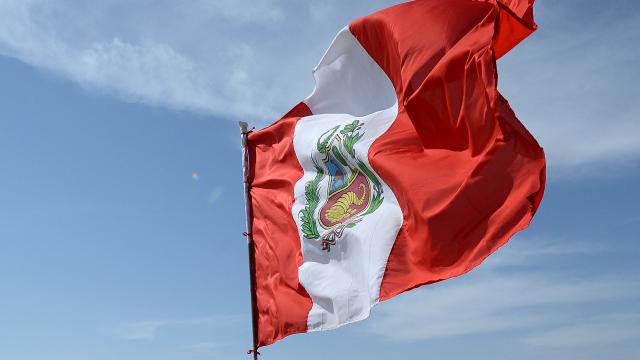Peru, in the west of South America, promises much to travelers with its majestic Andes Mountains, the Amazon River and Rainforest, one of the longest in the world, the still unsolved ‘Nazca Lines’, Machu Picchu, one of the new 7 wonders of the world, and the local cuisine that is becoming famous day by day.
If there is a list of places to visit once in a lifetime, I would put Peru in the first place. Peru applies visa exemption for Turkish citizens for a period not exceeding 90 days. Since there are no direct flights from Turkey, you can go via Panama or Colombia. We flew to Colombia with a crowded tour group, stayed in Bogota and visited this city, then went to Peru and returned from Panama. In this article, I will share only the Peru part of the tour with you.
- Japanese investigators tracked like detectives: The cause of mass soldier deaths revealed
- 700 years after his death, he still puzzles… Marco Polo

Although there are traces of life around Lake Titicaca since 20000 BC, Peru’s star shone brightly with the Inca civilization founded by King Manco Cápac in the 1200s. In 1532, Spanish explorer Francisco Pizarro defeated the Inca King Atahualpa the 13th Sapa Inca’s huge army of 40,000 men with 180 soldiers, bringing an end to the Incas. As they misunderstood many things, the Spaniards misunderstood the word Pelu, meaning river, and named the country Peru.
Today’s capital is Lima, founded by the Spanish. Cusco was the capital of the Inca Empire… We start our tour here. It is possible to distinguish the buildings of the city built during the Inca period from the architecture where huge stones built without any plaster are interlocked with each other with a special lock system. The Spaniards introduced plaster to the buildings. The buildings built by the Spaniards were destroyed in earthquakes, but the sturdy structures of the Incas are still standing and continue to defy history.
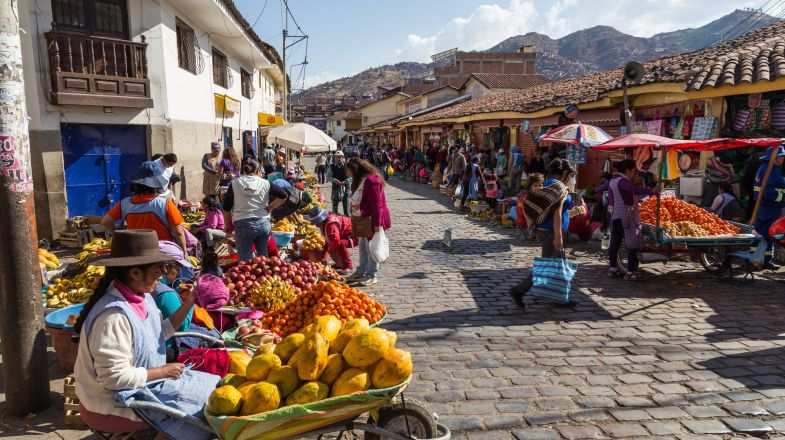
With its narrow cobblestone streets and buildings with balconies that are original examples of colonial architecture, this place gives the impression that time has stopped. We walk around with the feeling that an Inca warrior will emerge from the alleyways at any moment. Cusco’s location in the middle of the Andes has made it a world-famous city, as it is the starting point of the journey to Machu Picchu, as well as many touristic natural beauties around it.
The first place we visited in Cusco was Plaza de Armas. In the extraordinarily spectacular cathedral in the square, 1,200 tons of silver were used only for the decoration of the altar. The depictions of Jesus in the cathedral are made in the skin color of the local people. If you want to mingle with the locals, the best address is Cusco San Pedro Market. In the market where you can spend the whole day after the cathedral, you can get a lot of information about both the cultural texture and Peruvian cuisine, which is taking firm steps towards becoming the star of the world. Also put the Coricancha Sun Temple built in the name of the Sun God Inti, the Sacsayhuaman Fortress and the San Pedro de Andahuaylillas Church, known as the ‘Sistine Chapel of the Americas’, on your list of things to see.
Summer cottage or military camp?
The ancient Inca city of Machu Picchu, one of the new 7 wonders of the world and a UNESCO World Heritage Site, is located on a peak in the Andes Mountains. Special sightseeing trains run here from Cusco. We spend 1.5 hours sightseeing around. The city at 2,300 meters was founded by the Inca ruler Pachacutec Yupanqui. According to some, it was established at this altitude as a summer resort, according to others as a military rest camp. Fortunately, the Spanish conquistadors missed it in 1532 and it remained unharmed. After centuries of being in the safe hands of nature, it was discovered by the US archaeologist Hiram Bingham in 1912-1913. And since then it has become one of the world’s favorites.
Speaking of altitude, Peruvians chewed coca leaves or gum and drank tea to prevent the altitude sickness called ‘altura’, which is common in high altitudes. Europeans took these energizing leaves with them as they took many other things from here. German chemist Albert Niemann obtained cocaine using the leaves in the 1860s. In this respect, Peru is today one of the world’s largest producers of cocaine raw materials.
After an unforgettable day at Machu Picchu, we leave Cusco for the official capital Lima. The city is built on 800 square kilometers of desert between the Rímac and Lurín rivers. Lima is the only capital city in South America bordering the Pacific Ocean. It is built in a planned and intertwined ring of prosperity. The outermost ring is misery and poverty, the innermost ring is a dream… A few hundred meters below the city, the beach is battered by Pacific waves.
Plaza Mayor Square, the Government Palace with the presidential residence on the square, and Lima Cathedral are the city’s most striking historical sites. At the entrance of the cathedral are the bones of the Spanish conqueror Pizarro.
Peru is of course not a country to visit in such a short time, but we can fit so much beauty into our tour. Here is a list of places to see for those who can stay longer…
Canyons, lakes, deserts…
◊ Although overshadowed by the Grand Canyon in the United States, the 3,501-meter Cañón Del Colca and the 3,354-meter Cotahuasi canyons in Peru are among the deepest canyons in the world.
◊ The ‘Nazca Lines’ in the middle of the Nasca Desert remain a mystery. There are nearly 1,500 geometric figures of unknown meaning, the largest of which span several kilometers, as well as drawings of various animals, plants, people and creatures.
◊ Titicaca between Peru and Bolivia, the largest freshwater lake in South America, is one of the highest lakes in the world at 3,812 meters above sea level.
◊ The largest of the settlements around Lake Titicaca is the city of Puno. Instead of living on the shore, there are still locals who make floating islands out of reeds in the lake.
◊ The Amazon, one of the world’s most important rivers that stretches for 6,400 kilometers and flows into the Atlantic Ocean, originates in the Andes Mountains of Peru.


